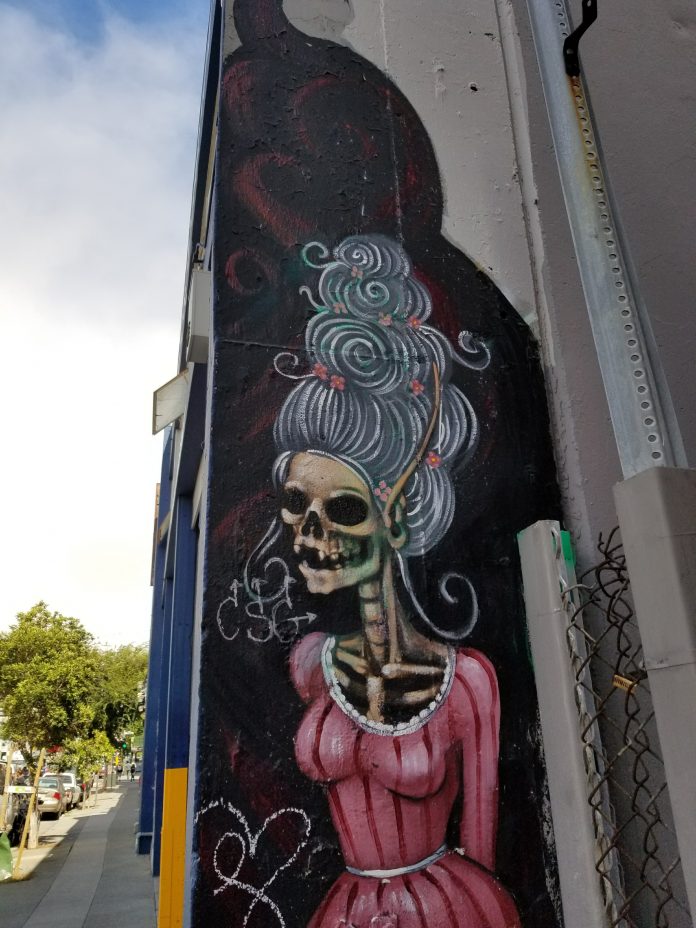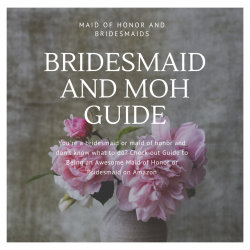I just love this piece. Or I’m starting to get into the Halloween mood.
Wednesday, November 29, 2023
ABOUT US
This is my blog of me, Edel-Ryan Tabiando Alon, and my adventures. You can find me on Facebook (add me), Twitter (my interactions during the day), Instagram (my car), and LinkedIn (for my professional contacts). Use the contact form to get in touch with me, especially if you are interested in or have a question about food, leadership, music, projects, or technology. Comments on this site are always welcome but might be filtered for content and/or language.
Contact us: Just DM us.
© Edel Alon 2009 - 2023



